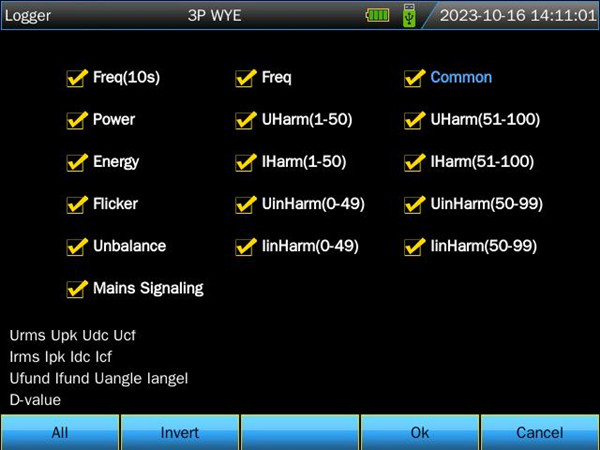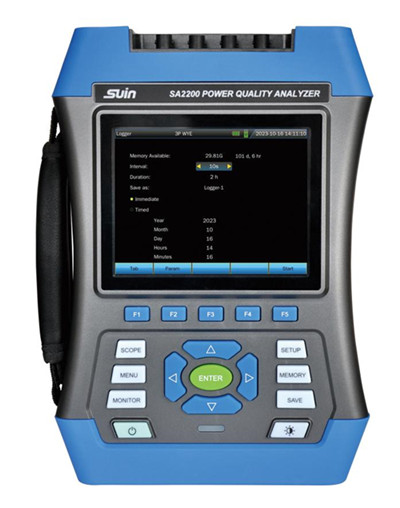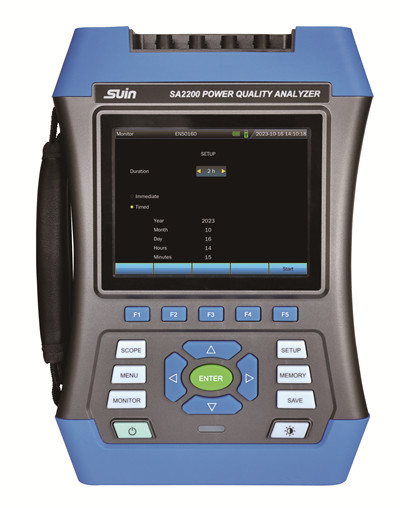With the increasing power quality problem, more and more people pay attention to power quality. To know more about the power quality, it is necessary to measure, collect, and analyze the data of the power grid.
A logger can record basic parameters such as current, voltage, and power factor, and can also record various abnormal events of power quality, such as voltage fluctuations, harmonics, unbalance, and so on.
Monitor is the real-time measurement and data collection of various power quality indicators to ensure the observation, recording, and dynamic analysis of the power system, and the comprehensive evaluation of power quality indicators to optimize the monitoring system of the whole system. According to the specific characteristics of various indicators, the power quality problem is detected by layers, and a variety of disturbance information is identified, extracted, and analyzed, which provides a credible basis for the development of specific measures to improve power quality and control grid pollution.
The difference between the two is that the Logger records more parameters, and the recording interval can be set but the recording time is shorter, while the power quality monitoring is to monitor specific parameters and the recording time is longer.
Take our Class A power quality analyzer SA2200 as an example:
the recorder function, the shortest time interval can be set to 1s, the duration can also be set to 2 hours, and you can choose the parameters of the record, shown in Fig 2.
Fig 1. Logger

Fig 2. Parameters of Logger
The measurement parameters of the Monitor are default, the shortest measurement time is 2 hours, and the measurement interval cannot be set, as shown in Fig 3.
Fig 3. Monitor
If you want to know more details about these two functions, welcome to inquire.



没有评论:
发表评论